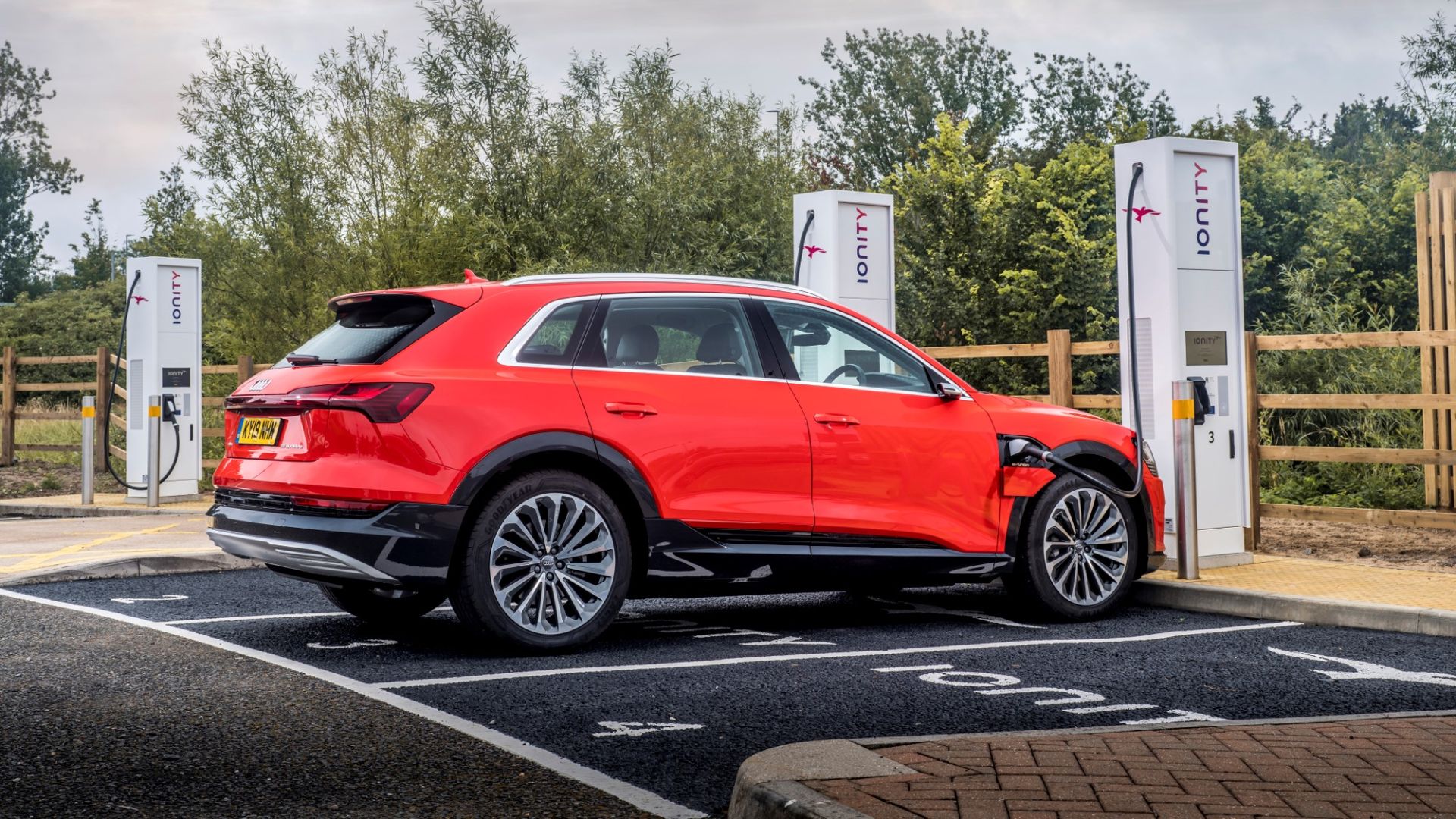
There are many claims about the capabilities of electric cars. Be it their total range, charge speeds, performance or otherwise. You really have to just get out there and do it. That’s exactly what this test did with some of the hottest electric cars available right now: ran them from full to dead – and noted the results.
The test was conducted by Carwow, and involved the Tesla Model 3, Kia e-Niro, Jaguar I-Pace, Nissan Leaf, Audi E-tron and Mercedes EQC. The cars were charged to 100 percent and then left overnight. Though some lost some juice, all had over 95 percent in the morning.
The test was inspired by prior research, which found that 35 percent of people say their biggest worry around electric cars is running out and getting stranded.
How far do current electric cars go on a charge?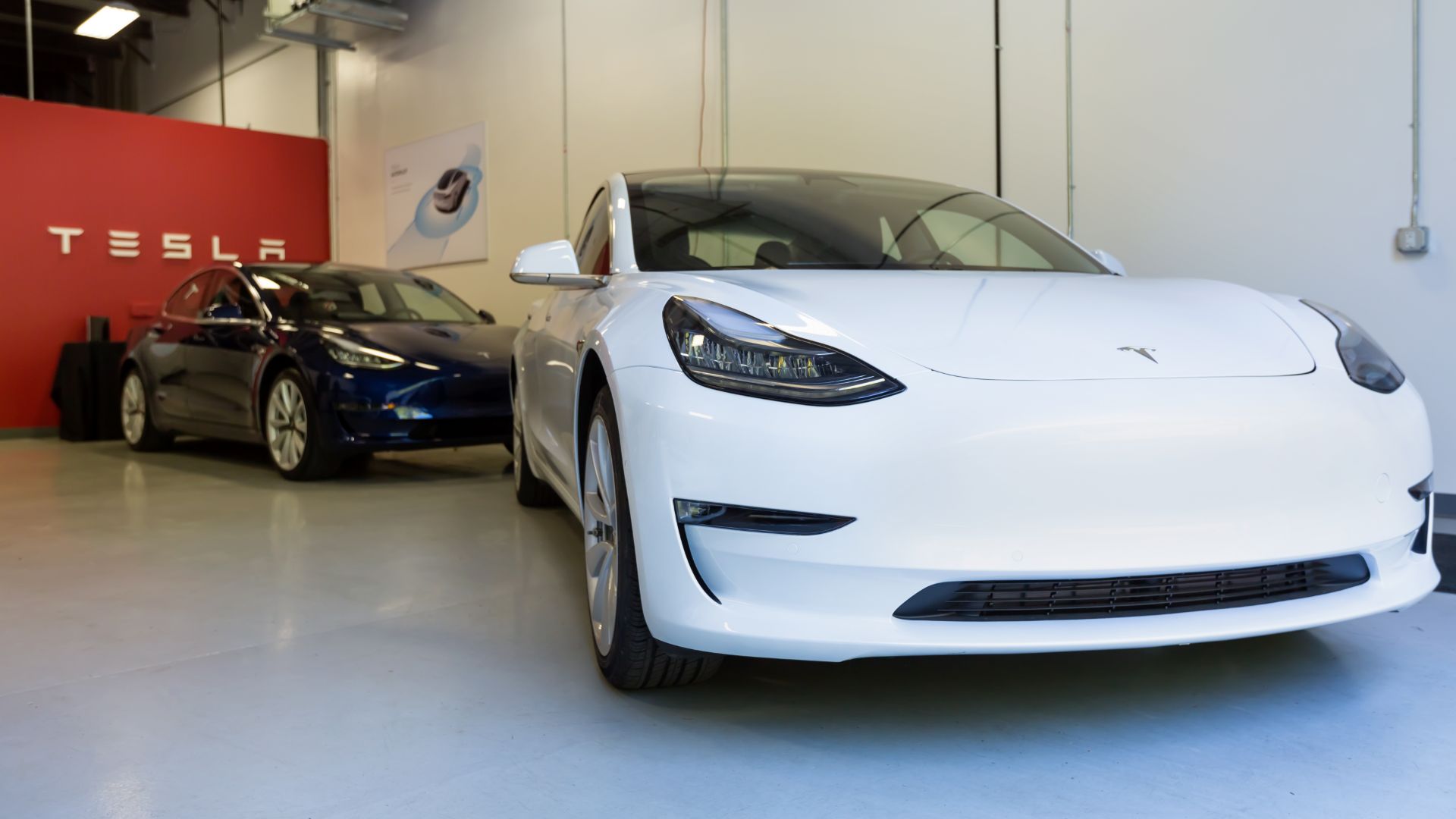
The Tesla Model 3 went the furthest, achieving 270 miles. However, that was only 78 percent of its WLTP claimed range of 348 miles. The Jaguar I-Pace was also a disappointment, going 223 miles, or 76 percent of its WLTP claimed range of 292 miles.
The Mercedes EQC was arguably the worst performer. It went the shortest distance, covering 194 miles. It also achieved the lowest percentage of its claimed capability – just 75 percent of its claimed 259-mile range.
The Nissan Leaf, in spite of its WLTP range of 239 miles being lower than that of the Mercedes, went further, covering 208 miles. That’s 87 percent of the WLTP range rating. The Audi E-tron was the closest to its claimed range of 255 miles, out of all the ‘premium brands’.
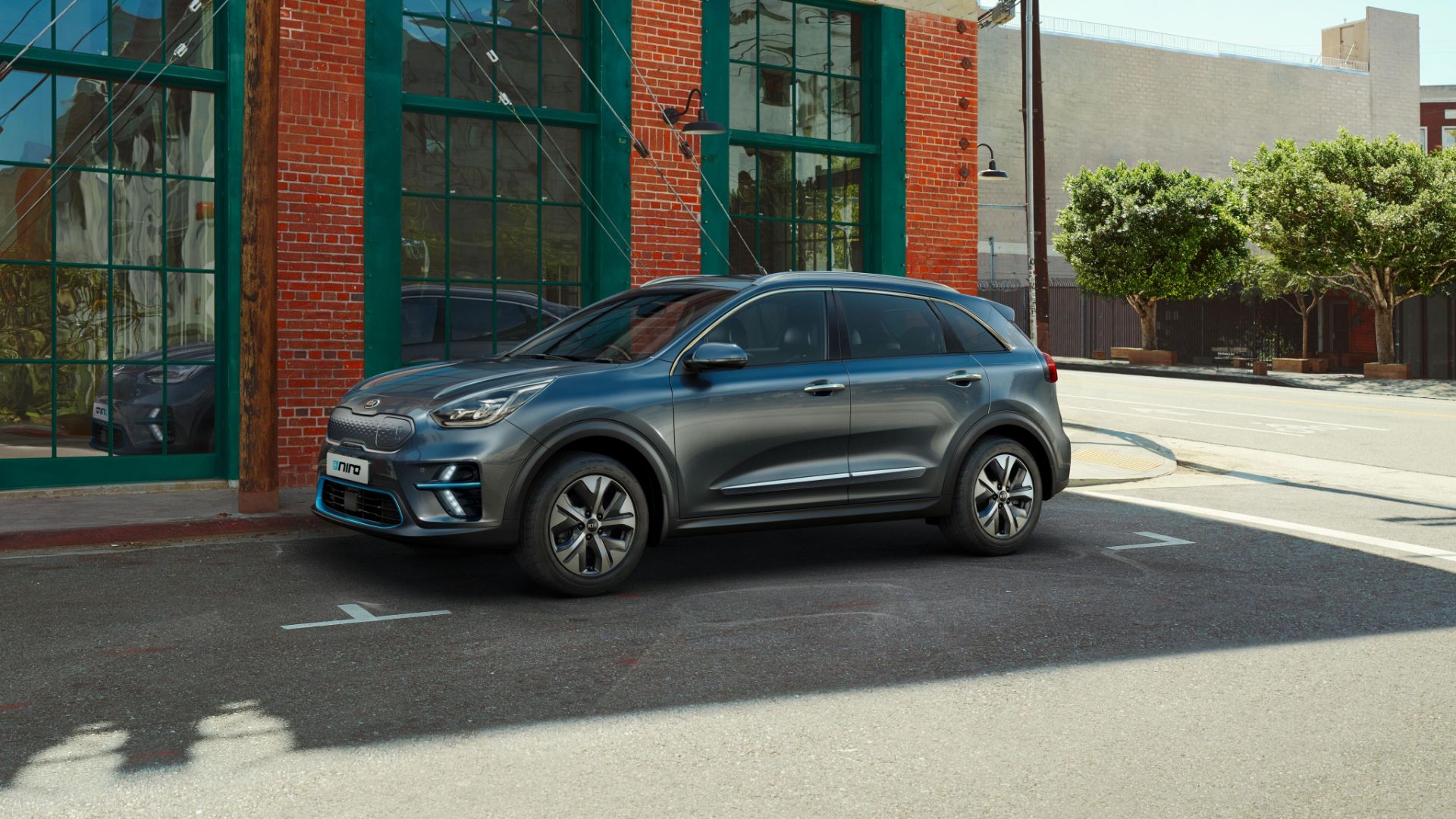
The big winner is the Kia e-Niro. It covered 255 miles, or 90 percent of its claimed WLTP range of 282 miles. For context, that matches the claimed range of the Audi.
All of the cars had their air conditioning set to 20 degrees, a mobile phone was connected and the cruise control was set to the motorway speed limit. The latter point makes the results a touch more impressive, given motorway speeds aren’t considered ideal for making the most of an electric car’s full charge.
What happens when you run out?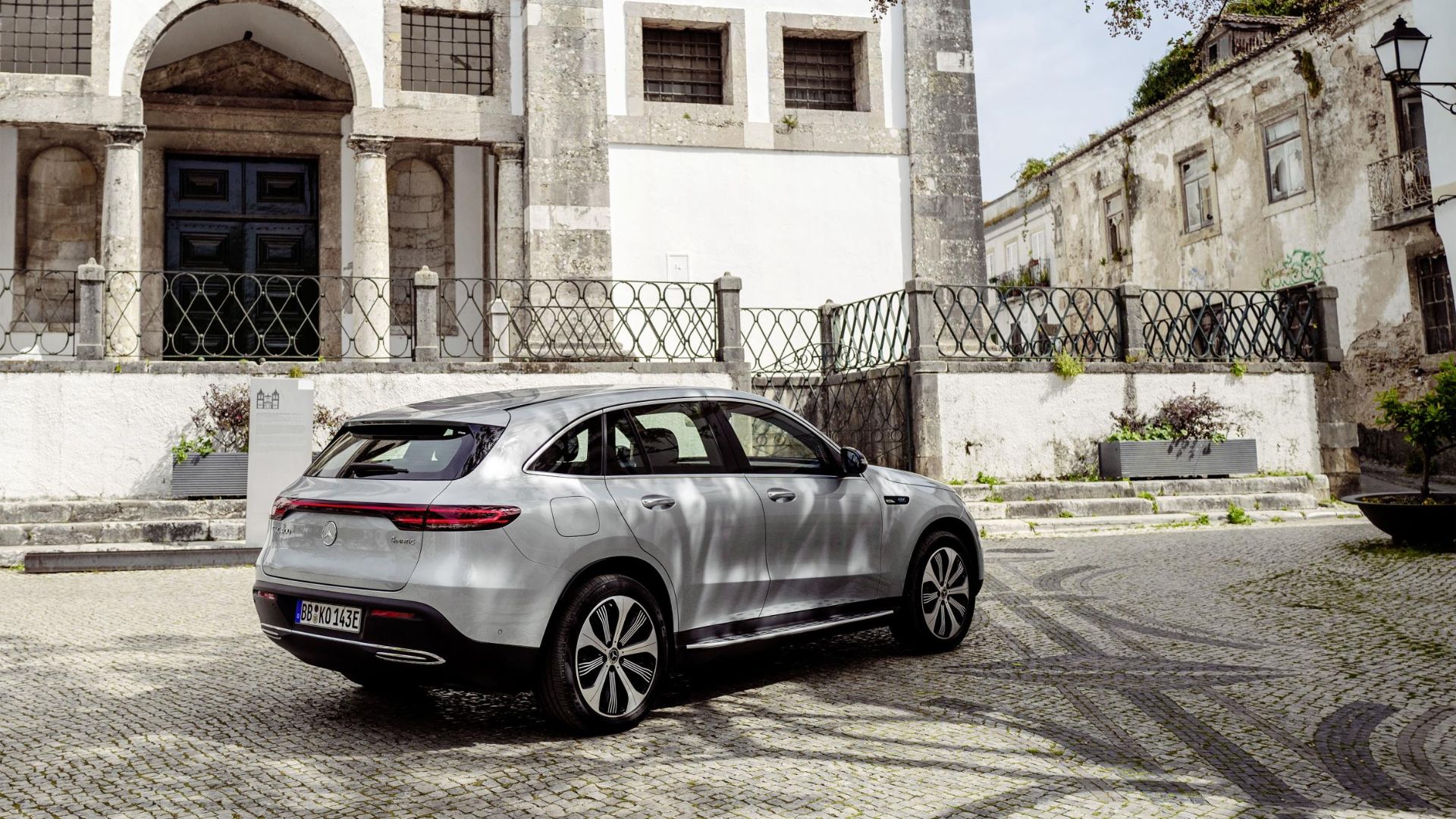
Another interesting point is exactly what happens when you run out. In testing, the cars were run up and down the motorway, until the brink of ‘0 miles’ being indicated. Then, on the way back to the charge point, they were allowed to ‘die’.
Five of the six cars kept going long after indicating ‘empty’. However, when the cars did stop, they ‘locked up’. They became difficult to move – a scary scenario.
- Electric car rapid charger network has grown 43 percent in one year
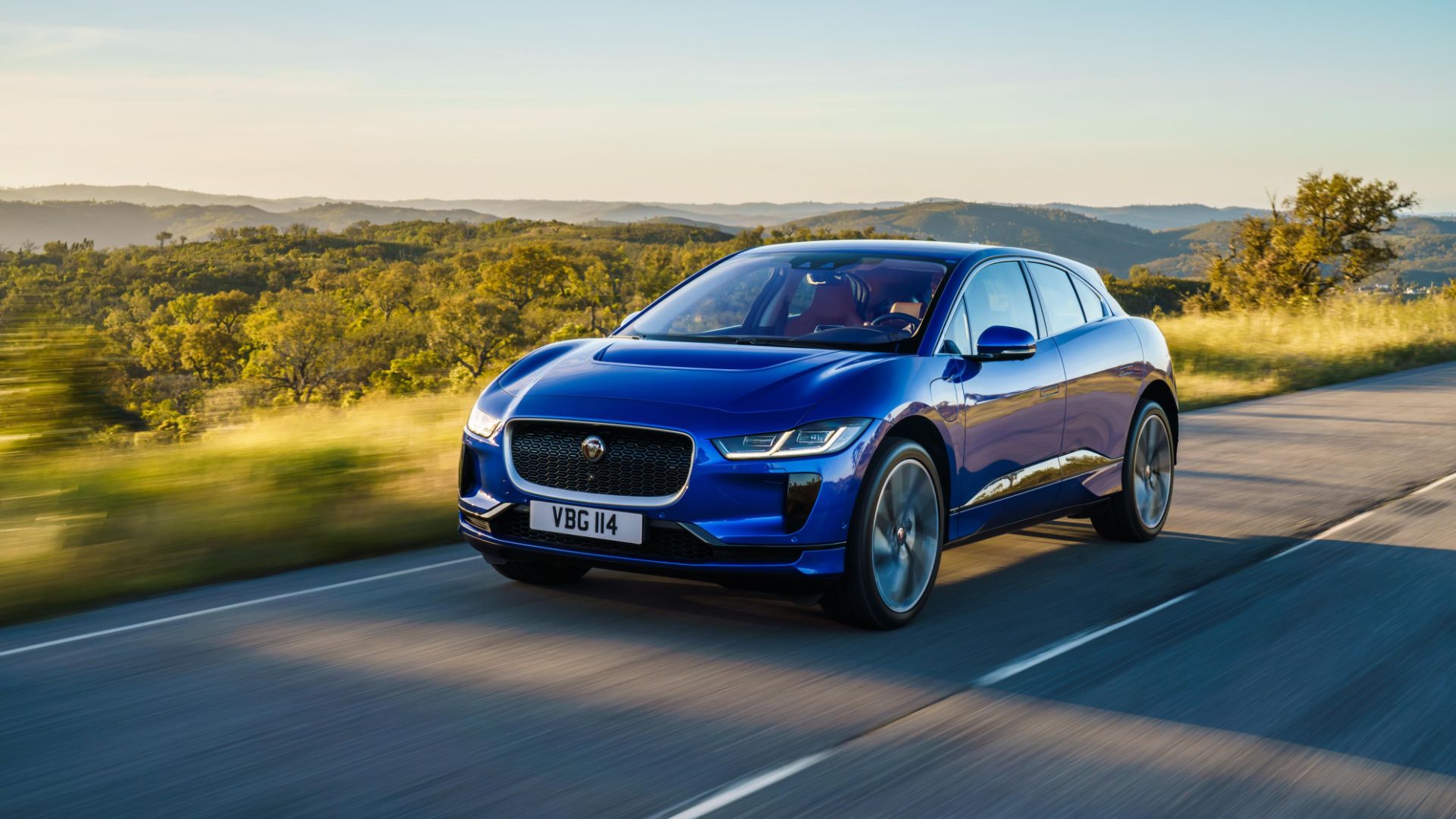
“We know that ‘range anxiety’ is a big concern for people thinking about switching from petrol to electric – no one wants to get stranded,” said Mat Watson at Carwow.
“But our test showed you could drive an average of 226 miles and all of the cars were able to keep going after their systems claimed their batteries were totally flat.
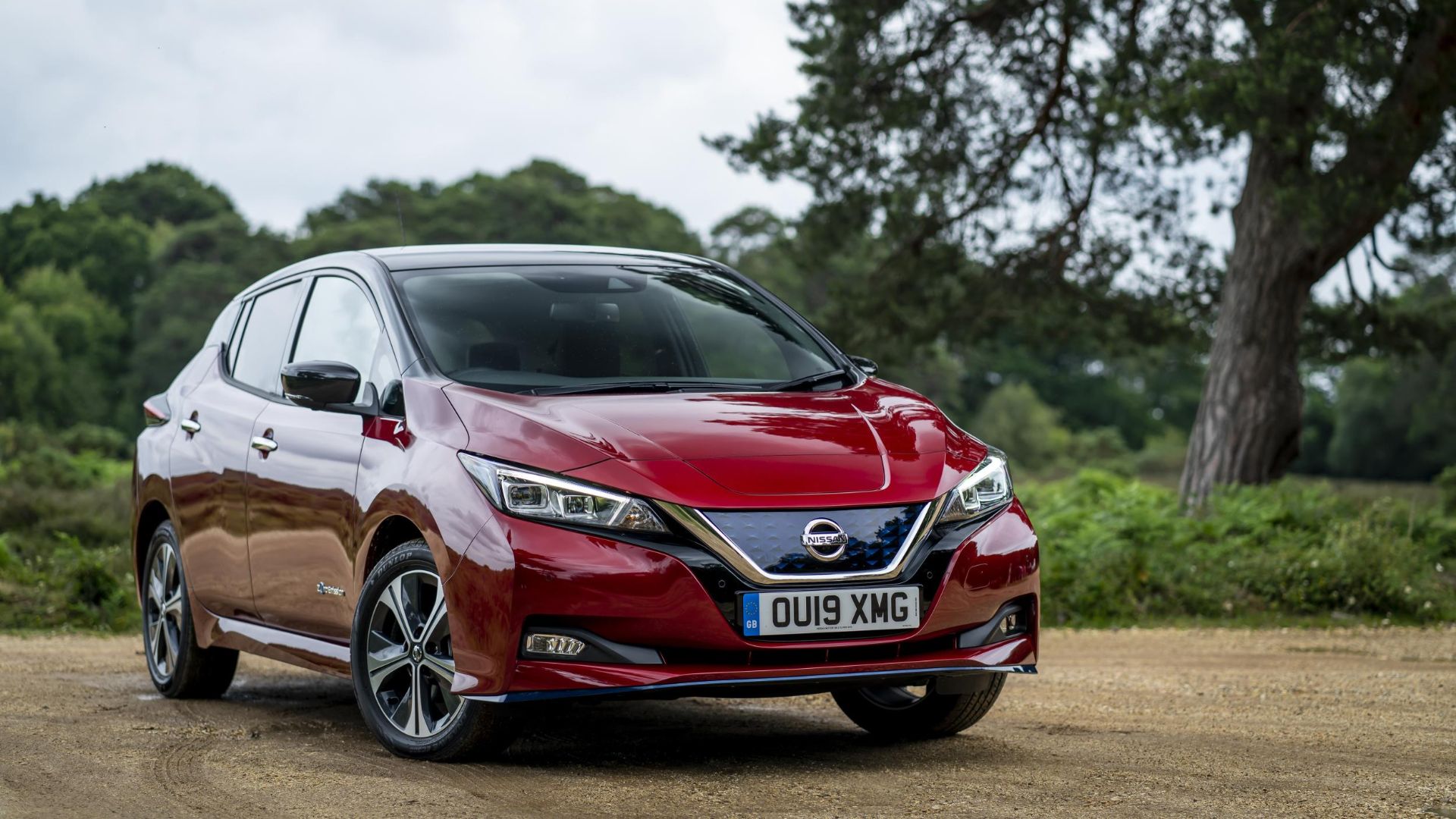
“On average, only 81 percent of the manufacturer-claimed range was achieved and, if you allow a battery to run truly flat, electric cars can be difficult to move! But that’s a similar figure to the percentage of potential range you’d get in a petrol or diesel car. Plus, in the real-world, these cars’ sat-nav systems would direct you to a nearby charging station long before you ground to a halt.
“Of course, we’d recommend that anyone interested in buying an electric car try one out for themselves before they take the plunge. But there’s one thing that is in no doubt – 2020 is going to be another big year for electric cars.”
It’s worth noting that WLTP was designed to give much more realistic mpg for petrol and diesel vehicles, but has the downside of massively over estimating ranges of electric vehicles.
Most manufacturers put much more realistic range on their website and promotional material, but also have to quote the WLTP.
This test is not objective at all as it does not take into account the car energy recovery system, which can be better on one car than on the other one. WLTP range is not defined by driving on the highway with the cruise control. So again, why comparing the range of your subjective test to the announced WLTP range ?
I am sure we will be disappointed again when the cars will be at least 5 years old I dont know how the battery will perform. I am sure the battery for electric cars will be too expensive..
We may have a U turn to diesel cars
In reality keeping up with traffic on the motorway etc EVs give probably closer to 50% of their estimated range. make no mistake its a con.. Also if you do find a charger and its aquck chrager boost charger etc One that will gave most EVs around 100 mile for 35 to 40 min charge then if used often it will seriously compromise the life of you battery and its ongoing range ability. After 5 years most car will be down to less than 60 of the original etimate. There are far too many variables in these figures. All this means yes they are OK for commuting (if you can get there and back ona charge) but getting you to the airport is not yet a resonable propostion if you live around 200 miles away. All that from a vhi=cle that isnt zero emmision at all in fact in most cases it uses 40% fossile fuels (at least) when charged from the grid. Wait.. They are not ready.